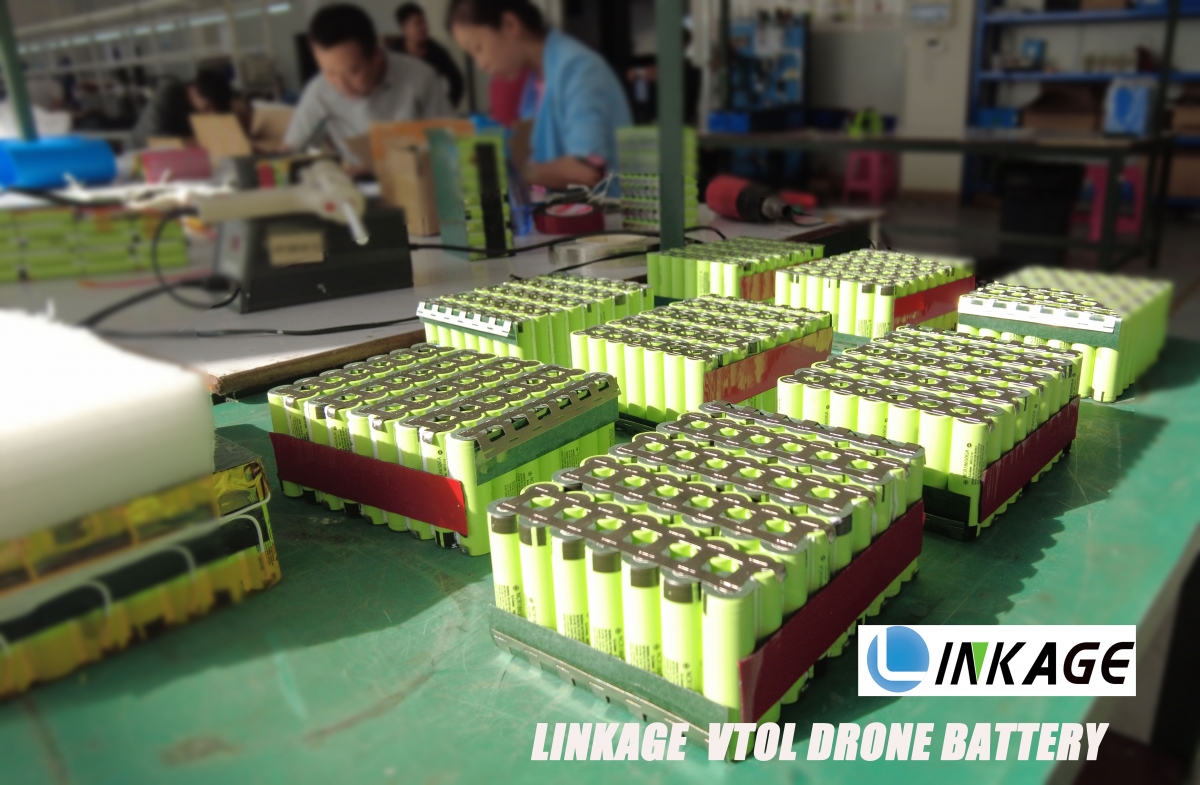- 01
- Dec
Design and performance analysis of fixed wing batteries Vtol drones
The purpose of this paper is to explain the design steps and performance analysis of the fixed wing (FW) vertical take-off and landing (VTOL) drone (UAV), including energy consumption. The design of the vehicle is based on low taking weight and high aerodynamic performance from the outset. The aerodynamic design steps and sizes of the wing and control surface are shown by evaluating the center of gravity relative to the neutral point, and static stability is achieved. In addition, from the perspective of flight performance, the power demand and energy consumption is taken, to find the endurance time required for each flight condition. In order to do this, the selected battery is modeled and the result is used in SIMULINK.

Under the take-off flight conditions, vertical flight uses momentum theory, and cruise flights are used to find the maximum endurance. Detailed performance in the horizontal flight is performed to experience the disadvantages of the multi-rotor system, including a propeller that provides vertical flight. Finally, the VTOL-FW concept has a multifier system with four additional propelles and a comparison of only a fixed-wing (FW) concept. It is found that the FW concept without a four-propeller multifier system has more durability than the Vtol-FW concept. 3D printer manufacturing and VTOL-FW drones will be performed in the future. Detailed performance in the horizontal flight is performed to experience the disadvantages of the multi-rotor system, including a propeller that provides vertical flight. Finally, the VTOL-FW concept has a multifier system with four additional propelles and a comparison of only a fixed-wing (FW) concept. It is found that the FW concept without a four-propeller multifier system has more durability than the Vtol-FW concept. 3D printer manufacturing and VTOL-FW drones will be performed in the future. Detailed performance in the horizontal flight is performed to experience the disadvantages of the multi-rotor system, including a propeller that provides vertical flight. Finally, the VTOL-FW concept has a multifier system with four additional propelles and a comparison of only a fixed-wing (FW) concept. It is found that the FW concept without a four-propeller multifier system has more durability than the Vtol-FW concept. 3D printer manufacturing and VTOL-FW drones will be performed in the future. It is found that the FW concept without a four-propeller multifier system has more durability than the Vtol-FW concept. 3D printer manufacturing and VTOL-FW drones will be performed in the future. It is found that the FW concept without a four-propeller multifier system has more durability than the Vtol-FW concept. 3D printer manufacturing and VTOL-FW drones will be performed in the future.
